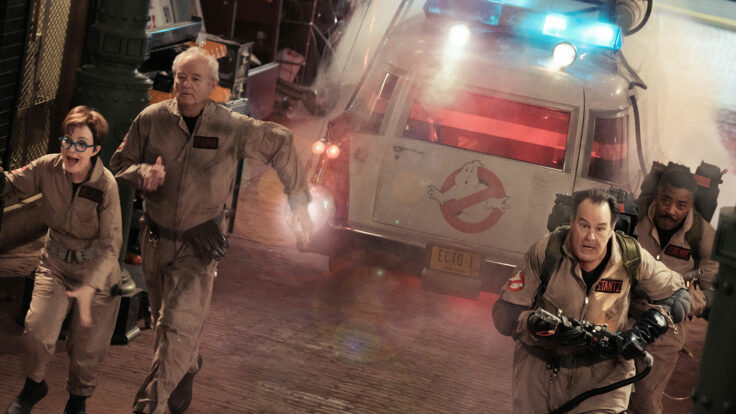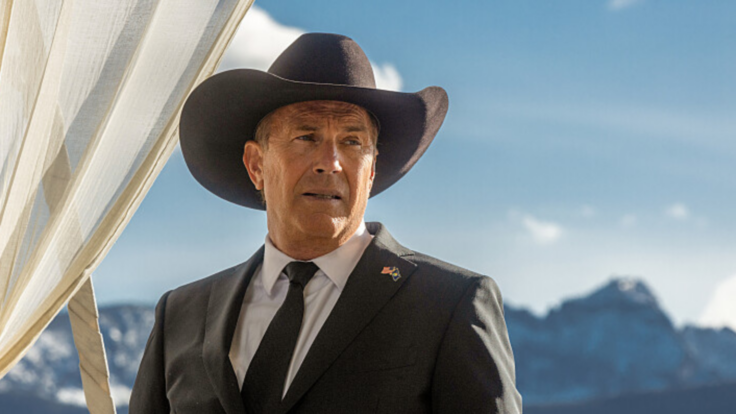Confounding expectations, the Director’s Guild told members last week that it would wait until “later this spring” to negotiate new TV and theatrical contracts, which expire June 30. “Later” most likely means the Writers Guild will negotiate first—its contract expires May 1—which increases the likelihood of a WGA strike. The writers are frustrated and united, as they showed in their successful 2018-2020 battle against the talent agencies and at a lively member meeting yesterday that attracted about 500 writers.
Will they strike? Predictions are fraught, but the negotiations will certainly be hard fought. In 2020, the pandemic undercut a walkout threat and, said WGA negotiating committee member Ashley Gable in her 2022 candidate statement, “our most critical issues were left unaddressed until [the 2023] negotiation.”

















